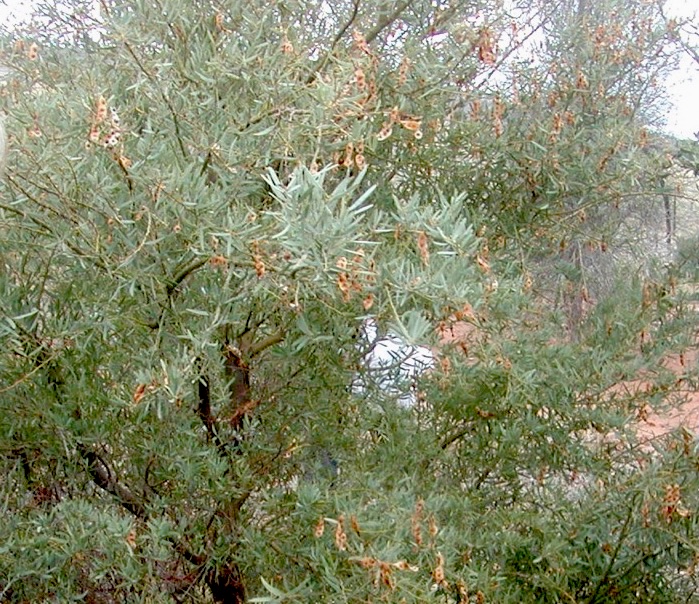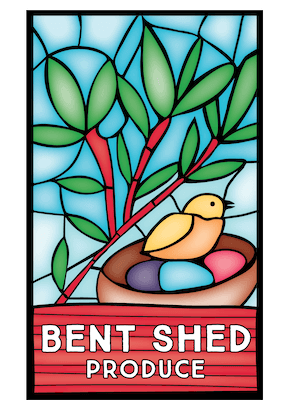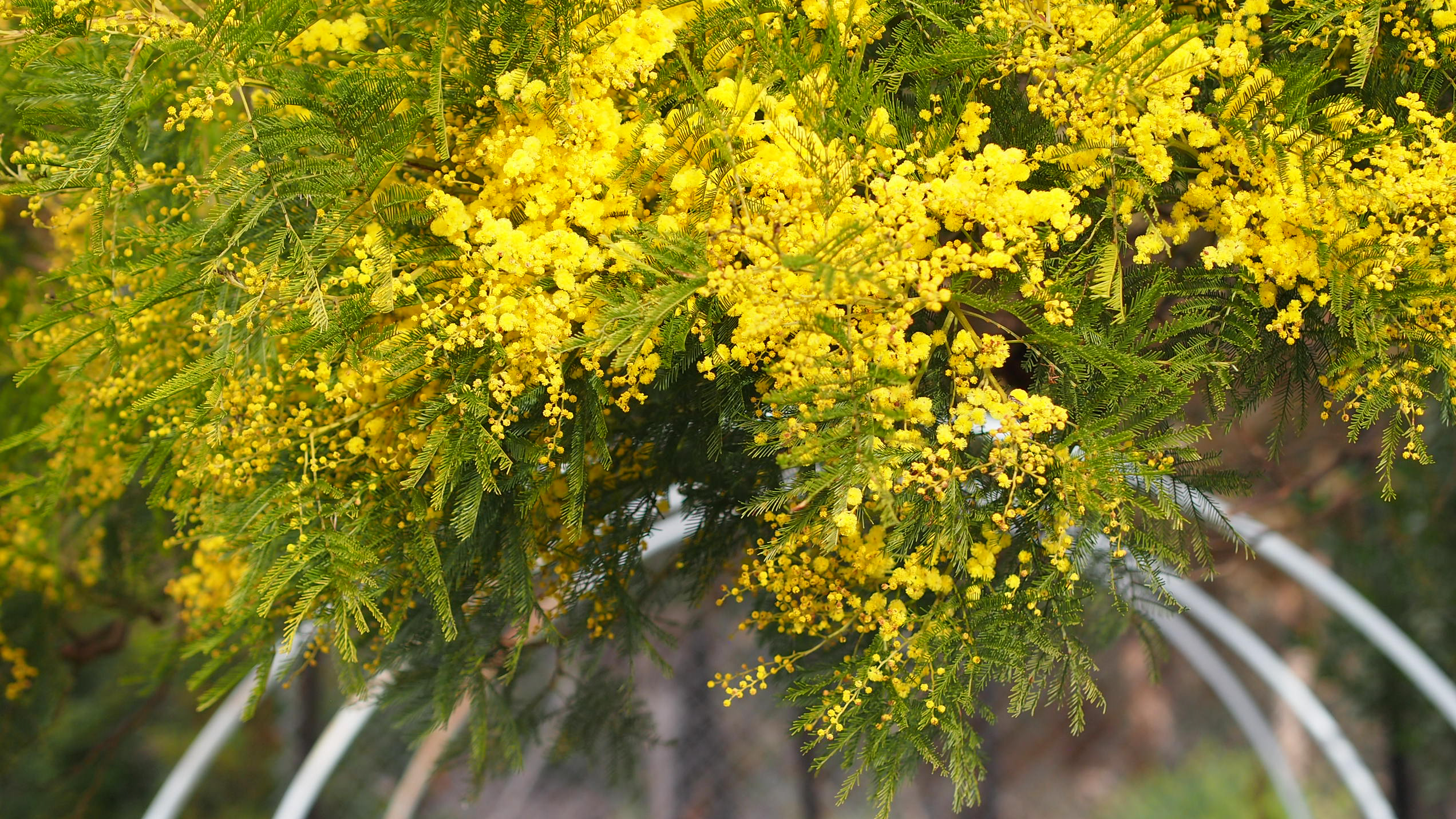About Australian native Wattle – Acacia – plants: how to identify, select, grow, harvest, prepare, store, and use the edible seeds.
Warm, rich and nutty
Latin name: Acacia spp.
Not all wattleseeds are edible to humans, so please check varieties carefully before harvesting from the wild! The CSIRO has published an excellent book called “Edible wattle seeds of southern Australia” that can help; also ask your local Indigenous groups for their knowledge.
The most commonly-used edible variety currently is A. victoriae – Prickly Wattle.

At least two varieties in the ACT region are known to be edible: Acacia mearnsii (Black Wattle; at the top of this page) and Acacia dealbata (Silver Wattle).
Eating
- Wattleseeds need to be roasted and ground before being used, much like coffee.
- Distinctive hazelnut/coffee/chocolate flavour.
- Works in both sweet and savoury dishes – for example, as a dry rub on meat, or added to sweet dishes.
- Flavours dairy very readily, making excellent ice-creams, flavoured creams, and cakes. Particularly good in cheesecake.
- It makes a rich hot drink on its own. It also adds its warm flavour to coffee, chai, and chocolate drinks.
- If you need the wattleseed flavour without the grain, soak seeds in boiling water or milks for as long as you can, and then strain and use the liquid.
- Immature seedpods of some edible wattle varieties can be cooked like snowpeas; for e.g., steamed, stir-fried, etc. However, they do vary in actual palatability! (Black wattle is a bit tough, even when young).
Growing
- The Acacia is actually a legume, with all that implies – it fixes nitrogen, and bears its seeds in pods.
- There are wattle plants for all parts of Australia; check with your local nursery to find the best. Note that some wattles are actually pests outside of their natural zones, such as A. baileyana (“Cootamundra wattle”), so always check first.
- Not all acacia plants have edible seeds so, again, check varieties before planting and/or harvesting.
- Seeds come from the mature pods set after the wattle has finished flowering.
- Seeds are rich in fats and proteins and are a favourite of many other birds and animals, so always leave some on the tree for your local wildlife.
- Seeds are roasted much like coffee before being used.
Harvesting and storage
- You need to wait for the wattle tree to flower and set its seed in its pods.
- When the seeds are ripe, the pods split and the seed falls.
- This is when you harvest. Gather directly from the tree, or spread material underneath the tree to capture naturally-falling seeds and pods.
- Once collected, seeds need to be separated from the pods (“husked”) and any other materials, then roasted, before they’re used for cooking.
- Seeds vary in size, but are generally about the size of a coriander seed.
- Once roasted, store in airtight containers.
- Whole roasted wattleseed will keep practically indefinitely without losing its flavour or nutrients.
- Roasted and ground wattleseed has a very long shelf-life as well, but 6-8 months would be best.

